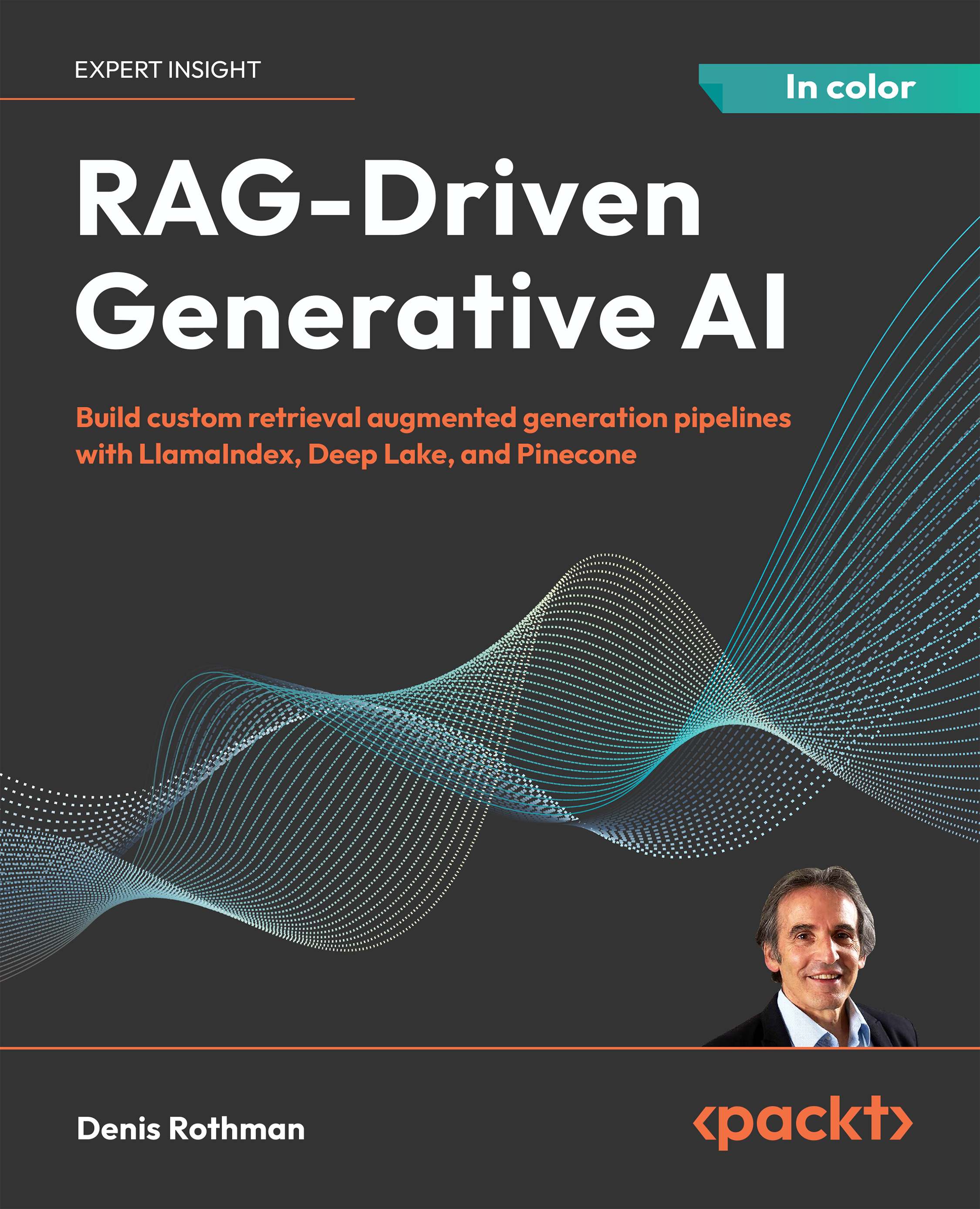Java Integrated Development Environments
To simplify Java software development, many programmers use an Integrated Development Environment (IDE). There are several good, free Java IDEs available for download. Among them are:
- NetBeans
- Eclipse
- JDeveloper
- JCreator
- IntelliJ IDEA
These are quite similar in how they work, so once you have used one, it's easy to switch to another.
Although all the Java examples in this book can be run at the command line, we will instead show them running on NetBeans. This has several advantages, including:
- Code listings include line numbers
- Standard indentation rules are followed automatically
- Code syntax coloring
Here is the standard Hello World program in NetBeans:
When you run this program in NetBeans, you will see some of its syntax coloring: gray for comments, blue for reserved words, green for objects, and orange for strings.
In most cases, to save space, we will omit the header comments and the package designation from the listing displays, showing only the program, like this:
Or, sometimes just we'll show the main() method, like this:
Nevertheless, all the complete source code files are available for download at the Packt Publishing website.
Here is the output from the Hello World program:
Note
Appendix describes how to install and start using NetBeans.
 United States
United States
 Great Britain
Great Britain
 India
India
 Germany
Germany
 France
France
 Canada
Canada
 Russia
Russia
 Spain
Spain
 Brazil
Brazil
 Australia
Australia
 Singapore
Singapore
 Canary Islands
Canary Islands
 Hungary
Hungary
 Ukraine
Ukraine
 Luxembourg
Luxembourg
 Estonia
Estonia
 Lithuania
Lithuania
 South Korea
South Korea
 Turkey
Turkey
 Switzerland
Switzerland
 Colombia
Colombia
 Taiwan
Taiwan
 Chile
Chile
 Norway
Norway
 Ecuador
Ecuador
 Indonesia
Indonesia
 New Zealand
New Zealand
 Cyprus
Cyprus
 Denmark
Denmark
 Finland
Finland
 Poland
Poland
 Malta
Malta
 Czechia
Czechia
 Austria
Austria
 Sweden
Sweden
 Italy
Italy
 Egypt
Egypt
 Belgium
Belgium
 Portugal
Portugal
 Slovenia
Slovenia
 Ireland
Ireland
 Romania
Romania
 Greece
Greece
 Argentina
Argentina
 Netherlands
Netherlands
 Bulgaria
Bulgaria
 Latvia
Latvia
 South Africa
South Africa
 Malaysia
Malaysia
 Japan
Japan
 Slovakia
Slovakia
 Philippines
Philippines
 Mexico
Mexico
 Thailand
Thailand

















